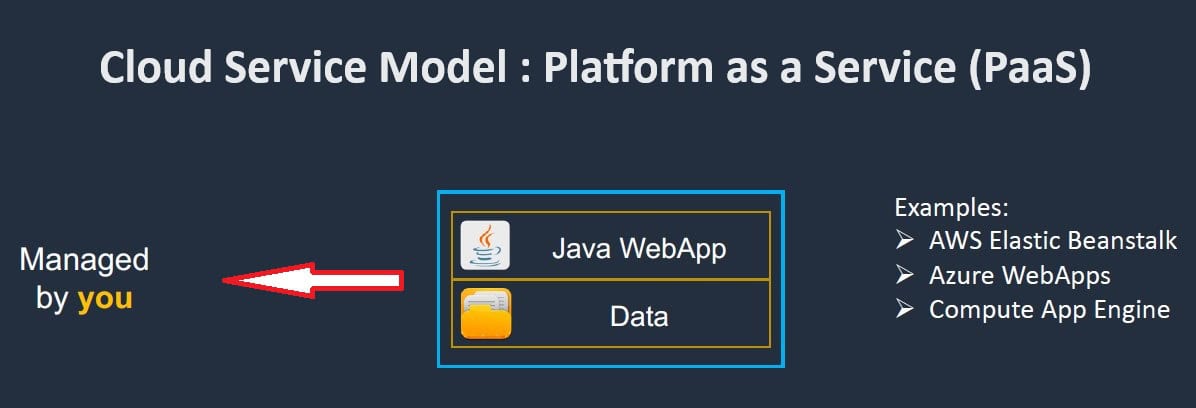Platform as a Service (PaaS)
Introduction
In the rapidly evolving world of cloud computing, Platform as a Service (PaaS) stands out as a powerful solution for developers and businesses. By providing a comprehensive platform for building, deploying, and managing applications, PaaS eliminates the need to handle the underlying infrastructure, allowing developers to focus solely on coding and innovation.
What is Platform as a Service (PaaS)?
Platform as a Service (PaaS) is a cloud computing model that delivers hardware and software tools over the internet. These tools are typically needed for application development. A PaaS provider hosts the hardware and software on its own infrastructure, which frees developers from having to install in-house hardware and software to develop or run a new application.
Benefits of Platform as a Service (PaaS)
PaaS offers numerous advantages that make it an attractive option for businesses and developers:
- Cost Efficiency: PaaS eliminates the need for purchasing and maintaining hardware and software, significantly reducing costs.
- Scalability: PaaS solutions can scale resources up or down based on the demand, ensuring optimal performance at all times.
- Speed: With PaaS, developers can quickly develop applications and bring them to market faster due to pre-configured environments and tools.
- Focus on Development: Developers can focus on writing code and developing applications rather than managing infrastructure.
- Flexibility: PaaS provides a variety of tools and services that cater to different development needs and methodologies.
Shared Responsibility Model
The Shared Responsibility Model in PaaS outlines the division of responsibilities between the PaaS provider and the user. Understanding this model is crucial for managing security and compliance effectively.
Responsibilities of the PaaS Provider:
- Infrastructure Management: The provider handles the underlying hardware, network, and storage resources.
- Platform Maintenance: The provider is responsible for maintaining and updating the platform's software, including operating systems, middleware, and runtime environments.
- Security of the Platform: The provider ensures the security of the platform infrastructure, including physical security and network security measures.

Responsibilities of the User:
- Application Management: Users are responsible for managing the applications they build and deploy, including code security and application logic.
- Data Security: Users must ensure the security of their data, including encryption and access control for data stored and processed within the platform.
- User Access Management: Users are responsible for managing access rights and permissions for their applications and data.
- Compliance: Users must ensure their use of the platform complies with relevant laws and regulations, including data protection and privacy standards.
Where does the Platform as a service(Paas) stand?

Common Use Cases of Platform as a Service (PaaS)
PaaS is versatile and can be used in various scenarios:
- Application Development: Developers use PaaS for building web applications, mobile apps, and APIs.
- Data Management: PaaS can be used for managing databases and data processing tasks.
- Integration: PaaS helps in integrating various applications and services, ensuring seamless communication and data flow.
- Business Analytics: Companies use PaaS to analyze data and gain insights for better decision-making.
Common Platform as a Service (PaaS) Providers
Several prominent PaaS providers offer robust and flexible platforms for developers:
- Google App Engine: A PaaS offering from Google that allows developers to build and host applications on Google's infrastructure.
- Microsoft Azure: Offers a comprehensive PaaS solution with support for various programming languages and frameworks.
- Heroku: Known for its simplicity and ease of use, Heroku is a popular PaaS platform for deploying web applications.
- IBM Cloud Foundry: Provides enterprise-grade PaaS solutions for building and managing cloud-native applications.
- Amazon Web Services (AWS) Elastic Beanstalk: An easy-to-use service for deploying and scaling web applications and services.
- Red Hat OpenShift: A Kubernetes-based PaaS for containerized applications, offering robust developer tools and integrated CI/CD pipelines.
Examples of Platform as a Service (PaaS)
Here are some examples of how businesses use PaaS:
- Google App Engine: Companies use it for deploying scalable web applications without worrying about the underlying infrastructure.
- Microsoft Azure: Organizations leverage Azure's PaaS capabilities to develop, test, and deploy applications efficiently.
- Heroku: Startups and developers use Heroku to quickly bring their applications to market with minimal setup and configuration.
- IBM Cloud Foundry: Enterprises utilize IBM Cloud Foundry to build, deploy, and manage cloud-native applications.
Conclusion
Platform as a Service (PaaS) is revolutionizing the way businesses and developers approach application development and deployment. By abstracting the complexities of underlying infrastructure, PaaS allows for a focus on innovation and application features rather than on managing hardware and software environments. With benefits such as cost efficiency, scalability, speed, and flexibility, PaaS has become an indispensable tool in modern cloud computing strategies.
The wide array of PaaS providers, including industry leaders like Google App Engine, Microsoft Azure, Heroku, IBM Cloud Foundry, AWS Elastic Beanstalk, and Red Hat OpenShift, offer diverse options tailored to different needs. Whether you're a startup looking for rapid deployment or an enterprise needing robust, scalable solutions, there's a PaaS platform suited to your requirements.
As technology continues to advance, the role of PaaS in enabling faster, more efficient, and cost-effective application development will only grow. Embracing PaaS can provide your organization with the tools needed to stay competitive and drive innovation in the ever-evolving digital landscape.
Related content